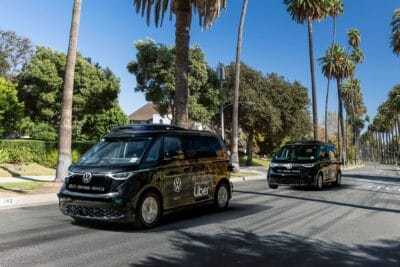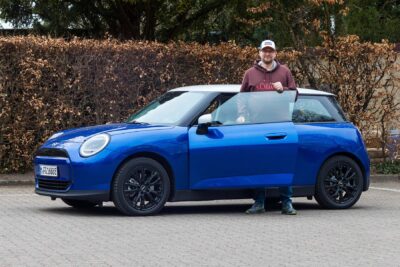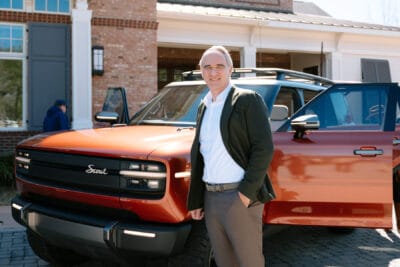California EV subsidies almost exhausted
The California Air Resources Board (CARB) expects the available electric vehicle subsidies from the Californian Clean Vehicle Rebate Project to be exhausted within 30 days. This due to demand being even higher than expected.
A waitlist will be established for applications and applicants will receive a rebate contingent on funding appropriated through the legislative budget process. Further opportunities to save on an EV purchase are available throughout the state, including the Clean Fuel Reward, the Clean Air Vehicle Decal, and various local incentives offered by air districts and local governments.
“Almost two-thirds of current EV owners have taken advantage of this program, and it’s a key driver of the EV market,” CARB Executive Officer Richard W. Corey said. “More importantly, the demand for EVs, particularly by lower income consumers, continues to grow, clearly demonstrating that there is a broad range of models of EVs available today to meet all consumer needs.”
Electric vehicles, including both PHEVs and BEVs, accounted for around 8 per cent of all light-duty vehicles sold in California over 2020. More than 145,000 EVs were sold in California during 2020 with a majority of sales taking place in the second half of the year. The first quarter of 2021 has seen demand rise even higher and CVRP rebate applications have already exceeded levels seen in early 2020, with substantially higher participation by low- and moderate-income consumers.
The growth in the lower-income area speaks to the success of the programme – it is intended to help the driving population shift over to emissions-free transportation, and not simply discount expensive vehicles for the wealthy. So far, the project has issued over $926 million to state residents for more than 405,750 new EVs since it’s inception in 2010. In 2016, when the project first instituted caps for higher-income applicants and created increased rebates for lower income-qualified consumers, 34 per cent of rebate funding, or $182.9 million, was going to lower-income applicants and those living in disadvantaged communities. This number grew to 38 per cent last year.





0 Comments